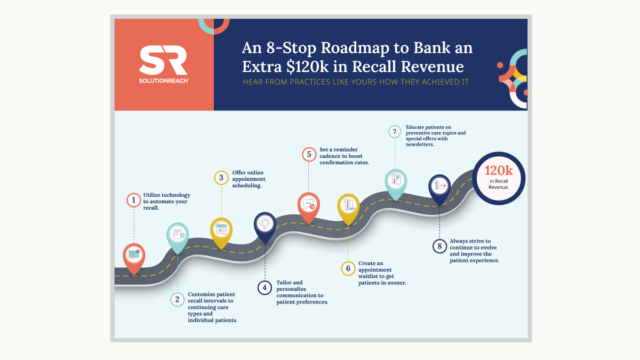Videoconferencing technology proved its weight in gold during the pandemic, and it continues to be a valuable option to deliver care and expand patient access to a range of healthcare organizations, practices, and specialties. In 2022, nearly 40% of adults continued to use telemedicine visits as a more practical and flexible way to receive treatment and care.
But the big question, especially with the official end of the COVID public health emergency (PHE) on May 11, 2023, is whether the telehealth tool you’re using is still HIPAA (Health Insurance Portability and Accountability Act) compliant.
Up until now, the Department of Health and Human Services – Office of Civil Rights (OCR) had extended a “telehealth notification” that essentially exempted practices from penalties for noncompliance with HIPAA regulations for video telehealth appointments during the pandemic. With the PHE now behind us, OCR is giving providers a 90-day transition period to comply with HIPAA with their telemedicine software that ends Aug. 9, 2023.
Are Zoom and similar cloud-based video web conferencing tools HIPAA compliant with the OCR enforcement exemption ending? What do you need to do to ensure your telehealth software is compliant?
Is Zoom HIPAA compliant?
Though there’s a long list of videoconferencing software available for telehealth appointments, Zoom dominates with more than a 32% market share. But are your telehealth visits via Zoom meetings fully compliant, given that OCR will soon resume enforcement of the HIPAA Privacy and Security Rules?
Technically, no. Though Zoom and competing brands include protections like end-to-end encryption so that only the patient and provider can see and hear what’s transmitted, HIPAA compliance requires an additional step. It’s still possible for HIPAA rules to be violated using these solutions. That’s why it’s vital that practices be aware of their responsibilities with respect to patient privacy and ensure the telehealth tool is used correctly.
Beginning on Aug. 9, 2023, you’ll need to verify the videoconferencing platform you use for telehealth appointments includes a completed business associate agreement (BAA) between you and your vendor to meet compliance requirements.
The free version of Zoom, Zoom Basic, doesn’t include an option to execute a BAA between you and the vendor. For that, you’ll need a Zoom account with at least one paid license (Pro or above) to enter into a BAA for full compliance. Zoom for Healthcare providers is $200 per month, which can be cost-prohibitive, especially for smaller- to medium-sized practices.
How can bundling a telehealth solution within a patient communications platform save me money and make my practice more efficient?
Chances are, your practice is struggling to meet your operational and financial goals, given ongoing staff shortages, inflation, and other economic pressures. As a result, you’re likely seeking ways to reduce your expenses and operate your front office more efficiently to increase appointment volume and revenue to make up for any shortfalls.
This is where relying on a vast array of unconnected software as a service (SaaS) patient communications tools, including telehealth services, isn’t doing you any favors and may be costing you big time in monthly subscriptions. You may have even lost track of the number of software licenses your practice uses for various administrative and front office tasks. In this scenario, your staff members waste a lot of time switching from one tool or system to another to move patients through your practice. As a result, your practice ends up wasting money on redundant or overlapping software functions that you’re not using. The result is more complicated appointment workflows, wasted admin team time, and accumulative monthly software expenditures that just don’t make sense.
What’s the alternative? Consider an all-in-one patient communications platform with all the features you need—automated appointment reminders, recall notifications, digital intake, two-way texting, online scheduling, online payments, reputation management, and a HIPAA- compliant telehealth solution, all from a single easy-to-use dashboard interface. You’ll save time and reduce the manual burden on your office staff while being able to deliver care to more patients more efficiently.
By bundling your telehealth software with other patient communications features in a single solution, you’ll save your practice bundles while helping you resuscitate your profit margin.
Key Takeaways
Take stock of your current telehealth videoconferencing software, make sure it’s HIPAA compliant, and determine whether it makes more financial sense to bundle your patient communications under a single expandable platform. By consolidating your software licenses, you’ll save time and resources, and you’ll ensure your practice’s telehealth appointments and patients’ protected health information (PHI) is kept private, secure, and compliant.

To learn more about how to increase your practice’s revenue with an automated recall solution, download the guide, “An 8-Stop Roadmap to Bank an Extra $120k in Recall Revenue.”
Read the Guide


